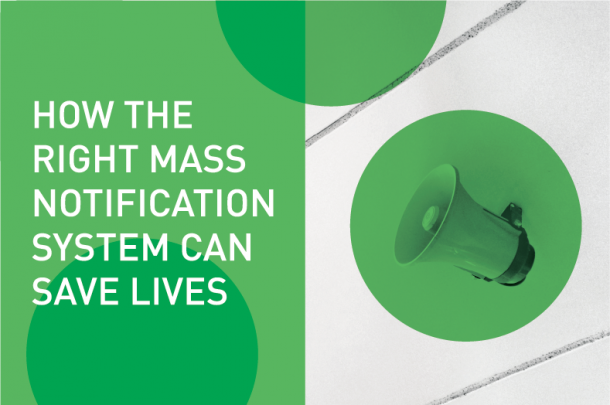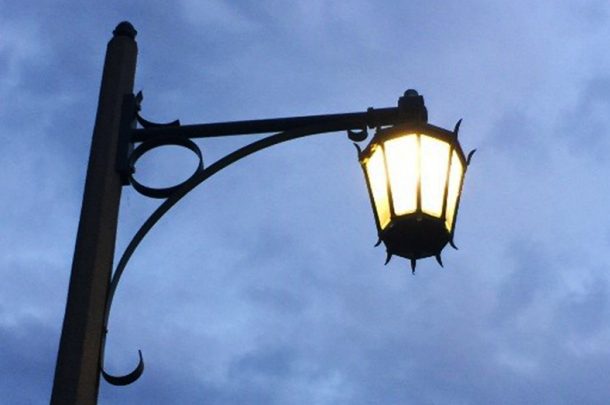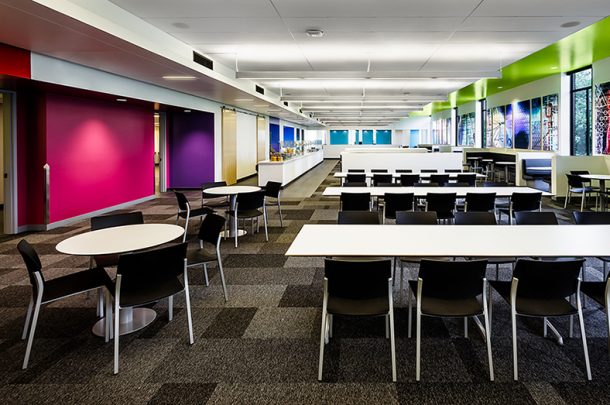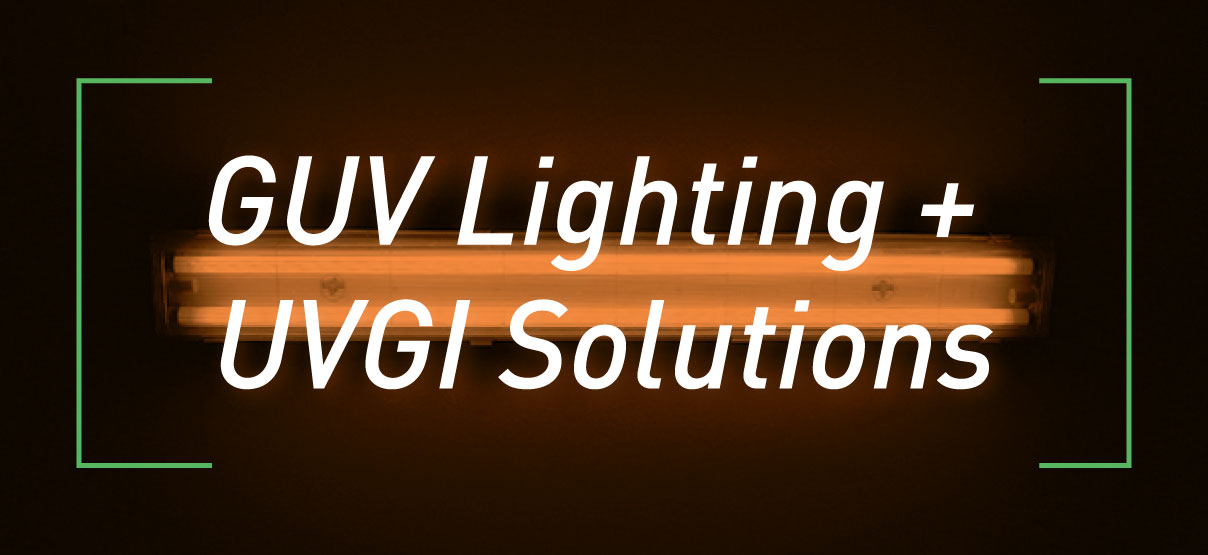
As we move into “new normal” business operations in a COVID-19 world, there are a lot of questions and discussions on how we modify our buildings and buildings systems to minimize virus transmission and protect our building occupants. One item that is being discussed is Germicidal Ultraviolet Lighting (GUV), also referred to as Ultraviolet Germicidal Irradiation (UVGI).
GUV is ultraviolet lighting that has been proven to de-activate viruses and bacteria on surfaces and within air. UVGI is the process of dosing a space with GUV. Ultraviolet light (UV) is photon energy in the 100-400nm range, adjacent to visible light in the 380-750nm range. Some UV is visible, but most is not. UV is broken into four subsections, UV-A, UV-B, UV-C, and Vacuum UV. UV-A (315-400nm) includes the small section of visible UV and can be used to de-activate bacteria. UV-C (200-280nm) is the germicidal subsection most effective against both viruses and bacteria and is the part of the UV range used in GUV and UVGI solutions. Both UV-B (280-315nm) and Vacuum UV (100-200nm) are dangerous to people and the atmosphere and should never be implemented.
There are several products currently on the market, but not all are true GUV solutions. Some products are being marketed as “full-spectrum UV” products. These are not any more effective than true GUV (UV-C) and can be dangerous since “full-spectrum” adds cancer-inducing UV-B to the space. Others are marketing “near UV light” which is the edge of UV-A/visible light in the 405nm range, as an antibacterial solution. While effective against bacteria, there is no data that supports “near UV light” being effective against viruses, including COVID.
True GUV products will emit UV-C, typically at the 254nm wavelength. As opposed to “full-spectrum solutions” or unfiltered sunlight exposure, UV-C is a SAFE technology when designed, implemented, and maintained correctly. UV-C is composed of shorter wavelengths that do not penetrate very far into the skin and is not linked to skin cancer.
If a person does have prolonged exposure, he/she could experience skin reddening or eye damage known as welder’s flash. Both biological responses fully heal over time; however, they underscore why correct implementation is critical. If used in an occupied space, the GUV must be applied in an indirect solution. To use in a direct solution, the space must be unoccupied.
Guv technology has been used as a disinfectant for 100+ years. It has been thoroughly researched and tested and is traditionally applied in three ways:
- GUV bare lamps installed in HVAC ductwork: before coils, after coils, or in distribution ducts
- GUV indirect lights installed in occupied spaces, in an Upper Room Disinfection Strategy
- GUV direct dosing in UNOCCUPIED spaces either via a permanent solution or a mobile/robot solution
Of these applications, Upper Room Disinfection Strategy is the most effective way to apply GUV; however, any of these solutions using GUV must be combined with good ventilation and air movement. If the air becomes stratified or the space has a low air change per hour (ACH) number, the GUV will not fully dose the air.
Upper Room Disinfection Strategy can only be used with ceilings 8’ or taller, and room geometry is very important to ensure that reflected UV-C has enough space to dissipate before reaching any occupants. This strategy can be applied today with commercially available solutions and is recommended by both the Centers for Disease Control and Prevention (CDC) and the World Health Organization (WHO) as an effective strategy against airborne diseases. As stated previously, it should be used in conjunction with good air circulation and disinfectant cleaning.
It is important to note that the recommended dosing for each strategy varies based on wavelengths used, exposure time, and pathogen(s) of concern. If you have questions about what is available and the best solution for your needs, please contact the author Deborah Steimel-Clair – one-on-one virtual sessions are also available.






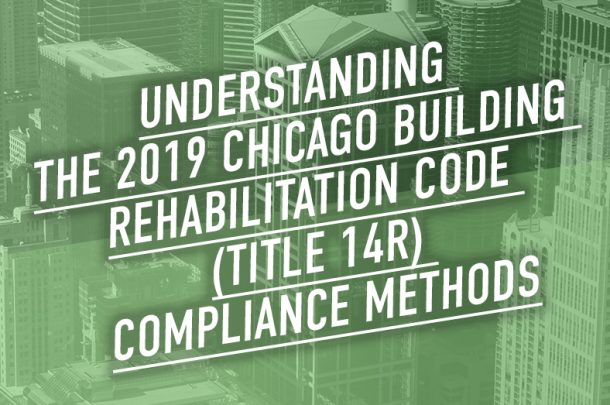
 Understanding Title 14R Compliance Methods
Understanding Title 14R Compliance Methods 

